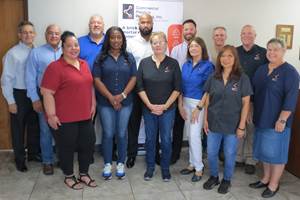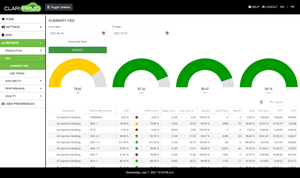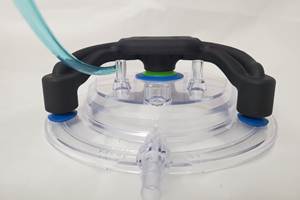Max McDaniel: Defining Safety in Polymer Production
Responsible for significant advances in polymer chemistry and being a tireless creator, Max McDaniel was honored as new inductee in the Plastics Hall of Fame.
Max McDaniel has received numerous awards and recognitions worldwide, including several from the American Chemical Society, thanks to his contributions and revolutionary developments in polymer chemistry, in particular with polymer and catalyst technologies for polyethylene, as a senior fellow scientist for Chevron Phillips. He is also the author of over 370 technical patents and hundreds of peer reviewed papers.
He got into the industry by accident, as he says. “I had a background in catalysis, specializing in chromium catalysts. As it turned out, and I did not fully appreciate this when I started my academic studies, but a large part of worldwide HDPE is made with chromium catalysts. These are usually called ‘Phillips catalysts’ because they were discovered by J. Paul Hogan and Bob Banks in 1951 at Phillips Petroleum in Oklahoma. In fact this discovery is what began the linear PE industry [HDPE and LLDPE,” he recalls.
While he was taking a one-year assignment in France, after graduating from Northwestern University, he learned through his professor that Paul Hogan was looking for a chromium chemist to work at Phillips. “I accepted the job, and have been here for 43 years now. I never regretted it. I do believe that plastics is one of the most fascinating fields I could possibly have entered,” he says.
Surprisingly, when asked what he is most proud of, it is not a catalyst or a polymer at all. “It is a way of making polymer more safely,” McDaniel says. “It is the safety interlock system that we now use on the company’s PE production reactors to prevent runaway reactions and even nuisance fouls. This has greatly improved the safety of PE production, especially in the big mega-plants of today. I’m proud of it also because it was a very difficult project. Together with a friend, we invented the system and convinced the management to spend a considerable amount of money to incorporate it. Today, the company would never think of building a reactor without this system.”
When the catalyst group at Phillips was split in two, chromium and Ziegler, his research career could have gone in a very different direction, but he has no regrets. “A small group, myself included, stayed with Paul Hogan to work on chromium catalysts. The larger group was assigned to develop a new exciting type of Ziegler catalyst. A friend in the other group came by one day and expressed his sorrow for me. ‘Why?’ I asked. He replied, ‘Because you have to continue working on chromium catalysts, where everything has already been done.’ That statement astounded me then and still astounds me today [300 chromium patents later]. How could anyone be so blind. Now, analysts describe PE as ‘mature,’ but nothing could be more wrong!”
“I have so many ideas that I have not had time to investigate,” McDaniel says. “Each day I have more questions, and questions lead to experimental ideas, and experiments lead to unexpected discoveries. I keep a long list of ideas I want to try, but I know I’ll never get to all of them. That’s why I’m still working. I love the job.”
Related Content
Inside the Florida Recycler Taking on NPE’s 100% Scrap Reuse Goal
Hundreds of tons of demonstration products will be created this week. Commercial Plastics Recycling is striving to recycle ALL of it.
Read MoreThin, High-Performance Nylon/PE Barrier Film for Thermoformed Packaging
Südpack’s Multifol Extreme film is well suited for greasy, protein-rich and frozen foods
Read MoreReal-Time Production Monitoring as Automation
As an injection molder, Windmill Plastics sought an economical production monitoring system that could help it keep tabs on its shop floor. It’s now selling the “very focused” digital supervisor it created, automating many formerly manual tasks.
Read MoreBeyond Prototypes: 8 Ways the Plastics Industry Is Using 3D Printing
Plastics processors are finding applications for 3D printing around the plant and across the supply chain. Here are 8 examples to look for at NPE2024.
Read MoreRead Next
People 4.0 – How to Get Buy-In from Your Staff for Industry 4.0 Systems
Implementing a production monitoring system as the foundation of a ‘smart factory’ is about integrating people with new technology as much as it is about integrating machines and computers. Here are tips from a company that has gone through the process.
Read MoreFor PLASTICS' CEO Seaholm, NPE to Shine Light on Sustainability Successes
With advocacy, communication and sustainability as three main pillars, Seaholm leads a trade association to NPE that ‘is more active today than we have ever been.’
Read MoreLead the Conversation, Change the Conversation
Coverage of single-use plastics can be both misleading and demoralizing. Here are 10 tips for changing the perception of the plastics industry at your company and in your community.
Read More












